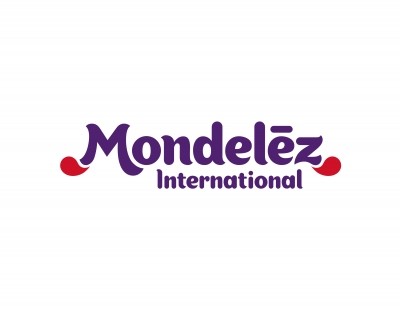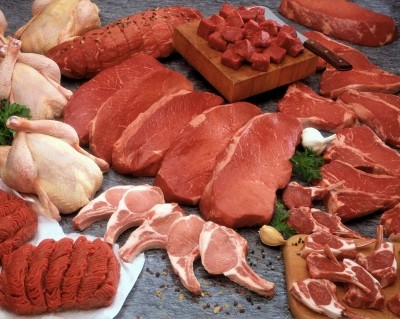Top 10 tips to improve food industry traceability
As a result provenance and traceability have become more important for many food and beverage manufacturers than ever before.
To help improve your supply chain traceability – and potentially avert a crippling food authenticity crisis – food law firm, Roythornes has created a list of top 10 tips for food manufacturers to consider.
The top five recommendations concern: audits, legal requirements, niche demands, investment and efficiency.
The last five tips focus on: future-proofing and flexibility, working in partnership, creating a policy, education and being prepared for the worst.
So, why not test the achievement of your food and drink manufacturing business against the 10 top tips?
1 Conduct an audit
It is imperative that food and beverage businesses understand their respective supply chains in their entirety. This should involve a comprehensive and centrally-held record of the journey that every product takes from growing and rearing, to slaughtering and processing through to packaging and delivery.
Asking for nationally awarded accreditations is a good place to start, but well developed internal procedures can be just as reassuring.
2 Legal requirements
Awareness of legislative requirements is a necessary starting point. The EU’s General Food Law came into force in 2002 and made certain traceability requirements compulsory for all food businesses in the Union. In very general terms, it requires that all food operators implement traceability systems which must identify where their products come from and where they are going and to provide this information on request.
3 Specific requirements
It is also important that companies understand niche requirements as there is also sector-specific legislation which applies to a range of categories. For example, in the case of livestock, producers must tag each animal with details of their origin and, when taken for slaughter, stamp them with a unique traceability code associated with the abattoir.
The tools used – which include ear tags, passports, barcodes – can vary from one country to another but all must convey the same information.
4 Invest
Every piece of equipment involved in the supply chain needs to perform. From coding and labelling to packaging machinery, everything needs to work harmoniously and efficiently.The bad news is that this often means replacing outmoded or inferior equipment which can be costly, however the long-term benefits will nearly always outweigh the short-term expense.
5 Be aware of efficiency
From small businesses, with a single production line, to the biggest brands and global organisations, production efficiency is paramount. All are constantly striving to minimise downtime and deliver higher efficiency as well as giving appropriate consideration to issues such as traceability.
Many of the processes used to optimise productivity through the supply chain are the same that record traceability information. Being aware of this and implementing procedures which offer mutual benefits is central to success.
6 Future-proofing and flexibility
Businesses need to build flexibility in to everything they implement, this means having contingency suppliers in place. It is important that these secondary companies are subject to the same requirements as first-choice suppliers.
When it comes to machinery, predicting what will be needed can be complex and consequently any accurate forecasting of costs and purchases is a real challenge. Finance packages and high-end equipment which can be upgraded are worthwhile investments in an industry where traceability requirements are likely to change regularly.
7 Working in partnership
Efficiency, flexibility and compliance can be achieved by developing effective, long-term partnerships with appropriate specialists. Only by working collaboratively and pooling resources and information will the food industry meet the challenge it faces to deliver improved traceability as well as greater efficiency, productivity and predictability.
8 Create a policy
It is important to have a touchstone document which informs current and new employees as well as business partners, customers and suppliers of the company’s standards and procedures. This ensures that employees understand and buy into the requirements and reassures customers.
Invariably, information on traceability will be included in a Corporate Social Responsibility (CSR) policy but given the importance of traceability in the food and beverage industry, it is worth considering the production of an independent document.
9 Educate
Everyone involved in the supply chain and implementing procedures that have an impact on traceability needs to be aware of its importance and with the policy mentioned above. Employees who are engaged by the business and buy in to the importance of provenance are more likely to notice faults and prevent problems further down the line.
10 Be prepared for the worst
Unfortunately, all the best intentions, paper trails and well thought out policies count for little when a mistake results in a product being contaminated or mislabelled. As the ‘horsegate’ scandal proved, the media and general public are difficult to placate and it is important to have robust procedures in place to manage a crisis and ensure that the error is not repeated.
A well thought out communications plan should there be any problems is a must.
- Peter Bennett is head of the food team at law firm Roythornes.
Top 10 tips to improve food supply chain traceability
- Conduct an audit
- Legal requirements
- Specific requirements
- Invest
- Be aware of efficiency
- Future-proofing and flexibility
- Working in partnership
- Create a policy
- Educate
- Be prepared for the worst
Source: Roythornes
















